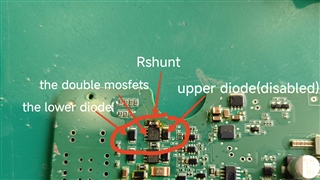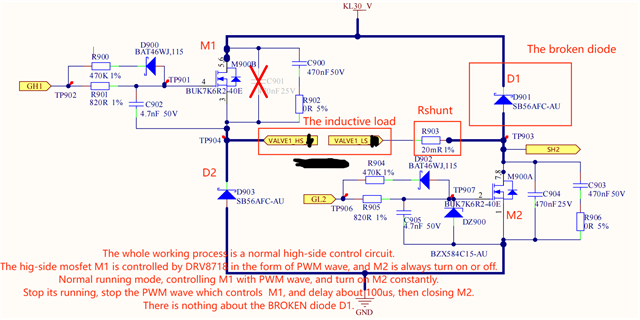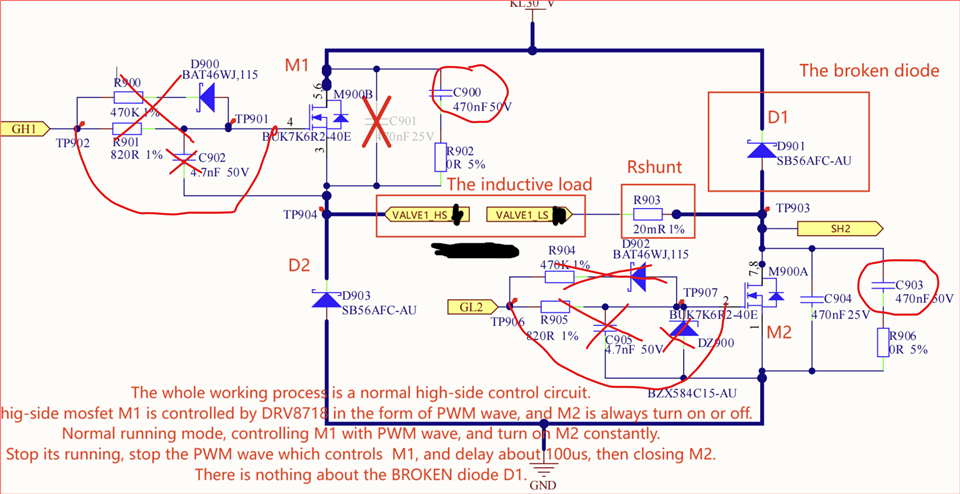Hi team,
My customer uses DRV8718SQRVJRQ1 to drive the solenoid valve in their project and meet blow issue now, could you please help review and give some comments? Thanks!
1. The low side drive is turned on continuously. When high side setting: PWM -0%, VDS_H1 is steady and does not disappear; PWM -100%, VDS_H1 is not triggered; PWM -100%, VDS_H1 switches back and forth between triggered and not triggered.
2. The VDS overcurrent detection mechanism is triggered when the high side is turned on and off. When the high side is turned off, the voltage of the VDS will naturally exceed the alert threshold, and an fault will occur (in theory, the overcurrent should not be triggered when the high side is turned off)
3. Based on the above test phenomenon, the current chip scheme, seems to be unable to protect the load short circuit in PWM mode. Because the overcurrent fault can be inadvertently triggered when PWN is turned off.
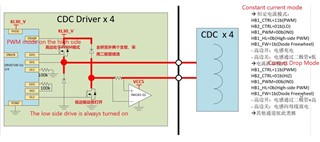
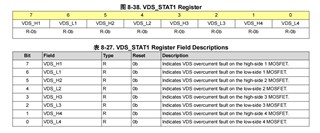
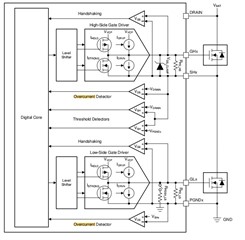

Regards,
Ivy



